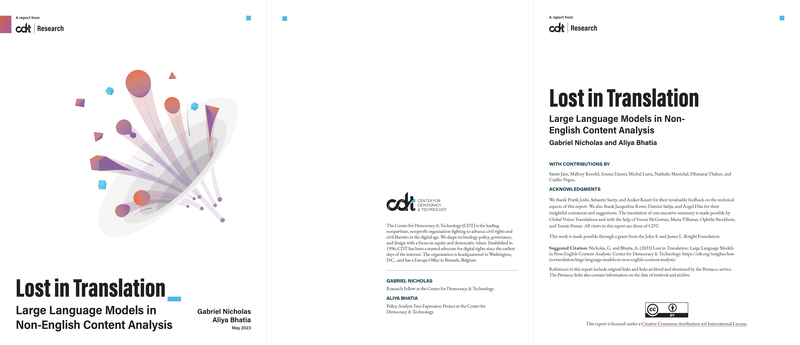LLMs and Their Implications in Non-English Contexts
Background on LLMs
The advent of LLMs has significantly advanced how we interact with digital systems, offering capabilities that range from text generation to content moderation. These models, including notable examples like OpenAI's GPT-4, Meta's LLaMa, and Google's PaLM, operate by analyzing extensive corpuses of text data to learn linguistic patterns and context. Their versatility allows them to be adapted for a myriad of applications across various fields.
The Challenge of Non-English Content Analysis
However, there's a notable disparity in the performance of these models when it comes to non-English languages. This disparity stems from the resourcedness gap, where languages such as English, with abundant textual data available for training, significantly outperform languages with fewer data resources. Consequently, this creates an imbalance, privileging English over the world's other 7,000 languages in digital spaces.
To bridge this gap, multilingual LLMs have been developed. Models like Meta's XLM-R and Google's mBERT are trained on text from multiple languages, aiming to leverage linguistic connections between languages to enhance their performance in low-resource language contexts. Despite these efforts, the performance of multilingual models is varied, often influenced by the amount and quality of data available for each language and the inherent challenges of accurately translating or inferring meaning across languages.
Implications for Research and Development
When addressing the limitations of LLMs in non-English content analysis, several implications arise for researchers, technologists, and policymakers. For one, the efficacy of multilingual models in accurately understanding and generating non-English content is a substantial area of ongoing research. Furthermore, the deployment of these models in practical applications necessitates a cautious approach to avoid reinforcing existing linguistic biases or infringing on users' rights in non-English speaking regions.
Recommendations for Improvement
Given these challenges, this paper outlines specific recommendations for various stakeholders in the AI ecosystem:
- For Companies: Transparency around the use and training of LLMs, especially in non-English contexts, is crucial. Deploying LLMs with appropriate remedial measures and investing in improving LLM performance through the inclusion of language and context experts are recommended strategies.
- For Researchers and Funders: Support for non-English NLP research communities is essential to develop more robust models and benchmarks. Research should also focus on assessing the impacts of LLMs, addressing technical limitations, and exploring solutions to mitigate potential harms.
- For Governments: The use of automated decision-making systems powered by LLMs in high-stakes scenarios should be approached with caution. Regulations should not mandate the use of automated content analysis systems without considering their limitations and potential impact on linguistic diversity and rights.
Conclusion
The use and development of LLMs in non-English content analysis represent a growing area of interest with significant implications for global digital equity. While the potential benefits of these technologies are immense, addressing their limitations requires a concerted effort from all stakeholders involved. By adhering to the recommendations outlined, the future development of LLMs can be steered towards more inclusive, equitable, and effective outcomes for users across linguistic divides.
